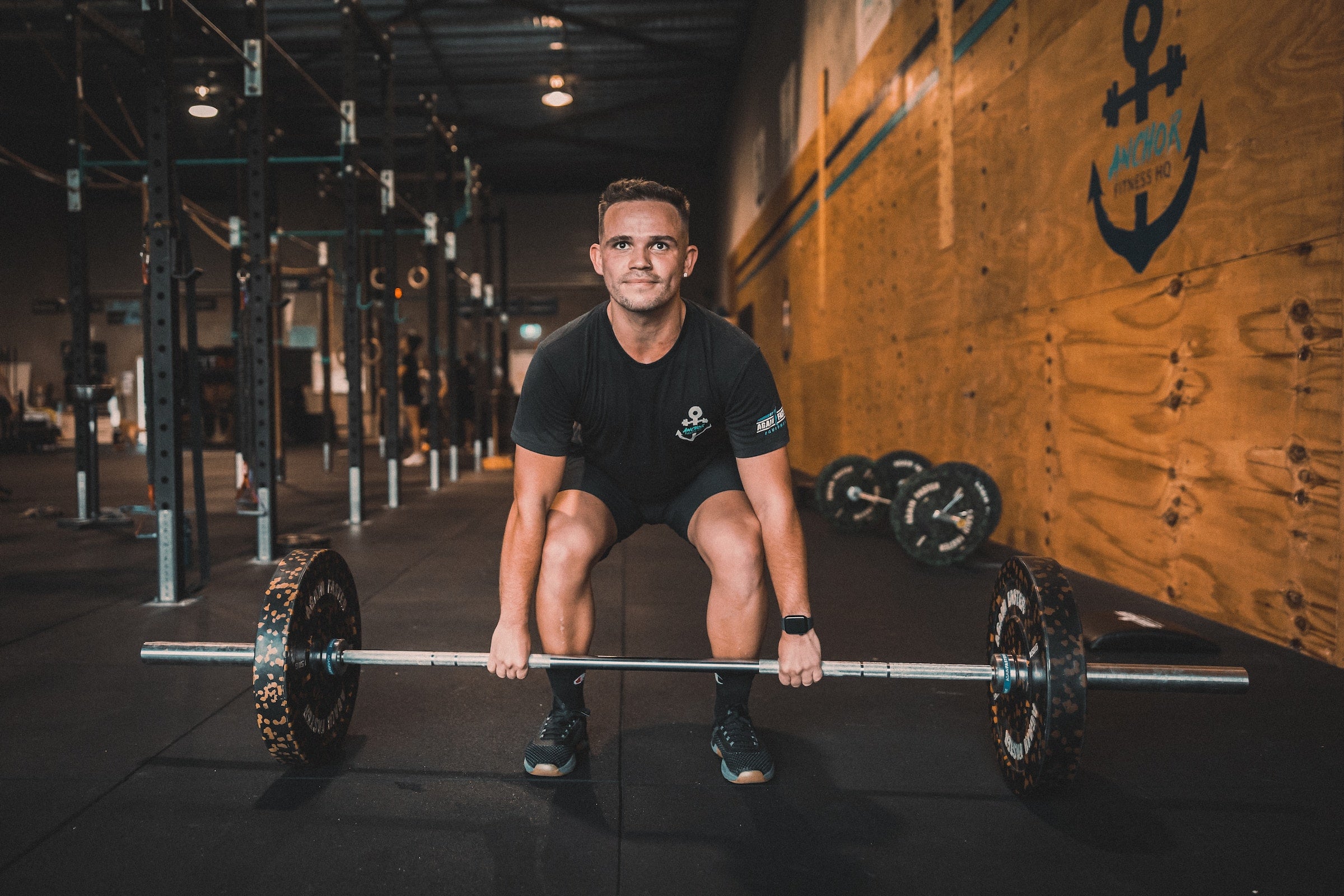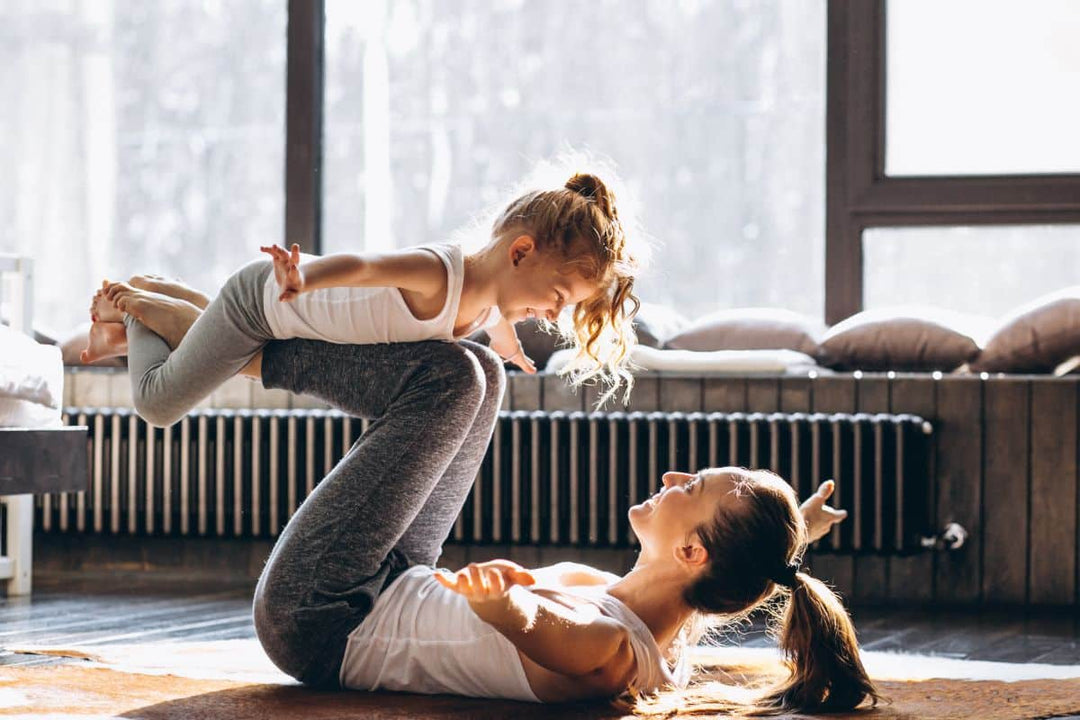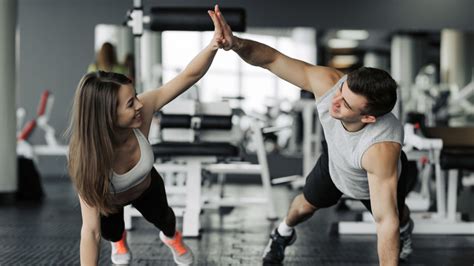Fancy fitness equipment and complex workout routines can often make us forget about the simplicity and effectiveness of mastering basic functional exercises.
Functional fitness, the ability to perform everyday activities safely and efficiently, is not only for athletes but for every individual striving for a healthy and active life.
A functional fitness test can help determine one’s current level of ability and identify areas for improvement.
How to Test Your Functional Fitness
Functional fitness testing serves as a vital tool in assessing your physical prowess and guiding your fitness journey.
It’s a practical way to track your progress and enhance your overall physical performance, from increasing muscle strength to improving cardiac rehabilitation.
The exercises that form the core of any functional fitness assessment are:
- Squats
- Lunges
- Push-ups
- Planks
- Deadlifts
These exercises are simple yet effective in evaluating your functional fitness level and aerobic capacity.
The core exercises for functional fitness assessment include the strict push-up, strict pull-up, squats, planks, saddle stretch, and toe-touching test, each of which we will discuss in depth.
1. Strict Push Up
The strict push-up, a cornerstone of functional fitness, evaluates upper body strength and endurance, particularly in the chest and shoulder muscles.
It’s like a litmus test for your upper body fitness, providing a comparative analysis of your muscular endurance with others of the same age and gender, as well as tracking fitness progress over time.
Maintaining correct form and alignment during a strict push-up is critical, as it helps to maintain physical function and prevent injuries.
Men are generally expected to do a minimum of ten push-ups, and women should aim for at least five, but these numbers can vary depending on age and physical fitness.
2. Strict Pull Up
The strict pull-up is a challenging combination of strength and control, demanding maximum effort.
It’s like a litmus test for your upper body fitness, providing a comparative analysis of your muscular endurance with others of the same age and gender, as well as tracking fitness progress over time.
This exercise engages a versatile cast of muscles including:
- the back muscles
- biceps
- shoulder stabilizers
- forearm muscles
- core muscles
This improves peak oxygen consumption during exercise.
The strict pull-up is like a master key in functional fitness, unlocking an increase in overall body strength, particularly in the arms, shoulders, and back muscles.
3. Squats
The goblet squat test poses a significant challenge, requiring you to perform 25 consecutive repetitions with a kettlebell or dumbbell that weighs half of your body weight.
The squat exercise is like a conductor orchestrating the harmony between the glutes, hips, quadriceps, hamstrings, and calves, thereby improving overall functional fitness and exercise capacity.
Maintaining proper form while performing a squat ensures safety and optimal oxygen consumption during the exercise.
The squat test is an effective method for assessing lower body strength and mobility, as well as overall functional fitness.
4. Planks
The plank exercise serves as a comprehensive test for core stability and strength, both of which are crucial for maintaining physical function in daily activities and sports.
It’s a comprehensive exercise that engages a wide range of muscles including the upper body, core, and lower body muscles, thereby improving oxygen consumption during exercise.
When performing a plank, it’s important to steer clear of common mistakes such as looking up or down, letting the lower back sag, or improperly engaging the abdominal muscles, as these can potentially lead to injuries.
Techniques such as Plank Up/Downs, Plank Jacks, and focusing on isometric contraction can be utilized to increase the intensity of the plank exercise.
5. Saddle Stretch
The saddle stretch is a stretching exercise targeting the following areas:
- Quadriceps
- Hips
- Lower back
- Ankles
It necessitates keeping the legs straight throughout and is like a bridge to improved functional fitness.
Hip flexibility and range of motion are the unsung heroes of functional fitness, playing a crucial role in:
- Injury prevention
- Improved performance
- Functional movement patterns
- Posture and alignment
A tape measure or ruler can be utilized to ascertain the distance between your feet in the saddle stretch, which can be helpful in a cardiopulmonary exercise test to assess overall functional fitness, blood pressure, and potential risk factors for heart disease.
6. Touching Your Toes
The toe-touching test is a quick and easy assessment to measure flexibility, requiring you to touch your toes with legs straight.
This test is like a mirror, reflecting the flexibility and mobility of your lower back and hamstrings, thereby contributing to your overall exercise capacity.
Common mistakes during the toe-touching test include neglecting the importance of stretching, limited hip hinge mobility, and improper form and technique, all of which can cause injuries.
To enhance your flexibility for this test, you can incorporate exercises such as the standing toe touch stretch, cat/camel stretch, and star stretch into your routine.
Functional Fitness is Critical
In the realm of functional fitness testing, understanding and mastering the six exercises we’ve explored – the strict push-up, strict pull-up, squat, plank, saddle stretch, and toe-touching test – can truly be a game-changer.
These exercises, which evaluate everything from strength and endurance to flexibility and mobility, offer a comprehensive and effective way to track your fitness progress and enhance your overall physical performance.
The journey to functional fitness is never a sprint but a marathon, requiring consistent effort and progress tracking.
With the practical and effective exercises we’ve discussed, you’re now equipped with the tools you need to navigate your fitness journey, enhance your physical performance, and ultimately, lead a healthier, more active life.





